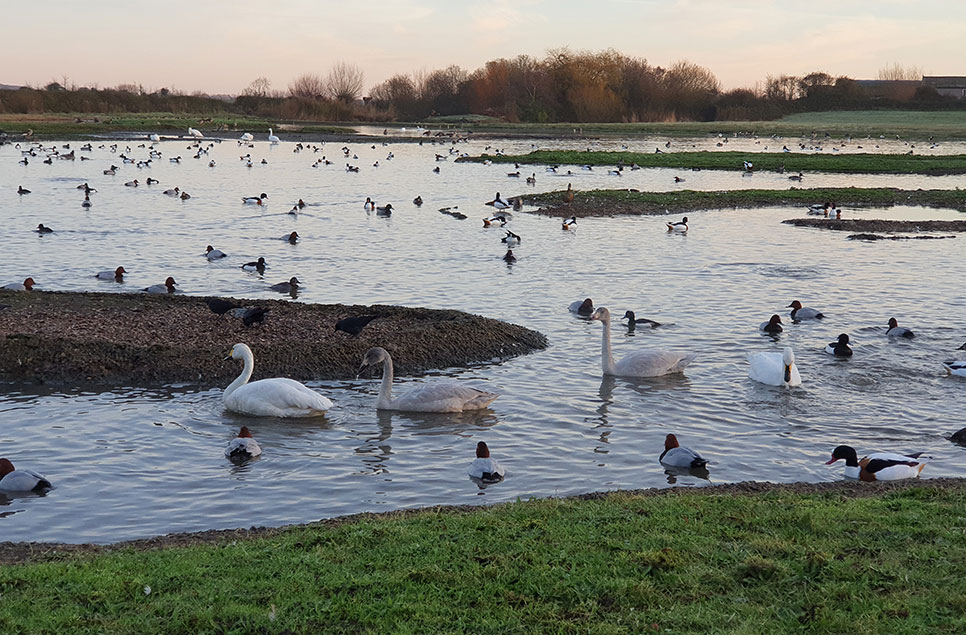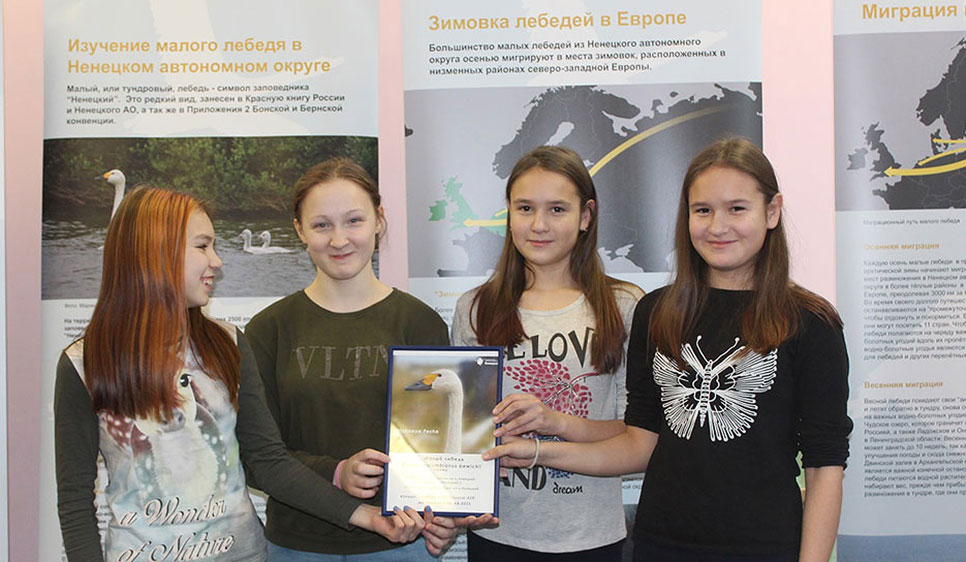The wonders of Estonia!
This month I was fortunate enough to visit Estonia with the BBC Autumnwatch team to join swan conservationist Leho Luigujõe and film the first Bewick’s swans on migration!
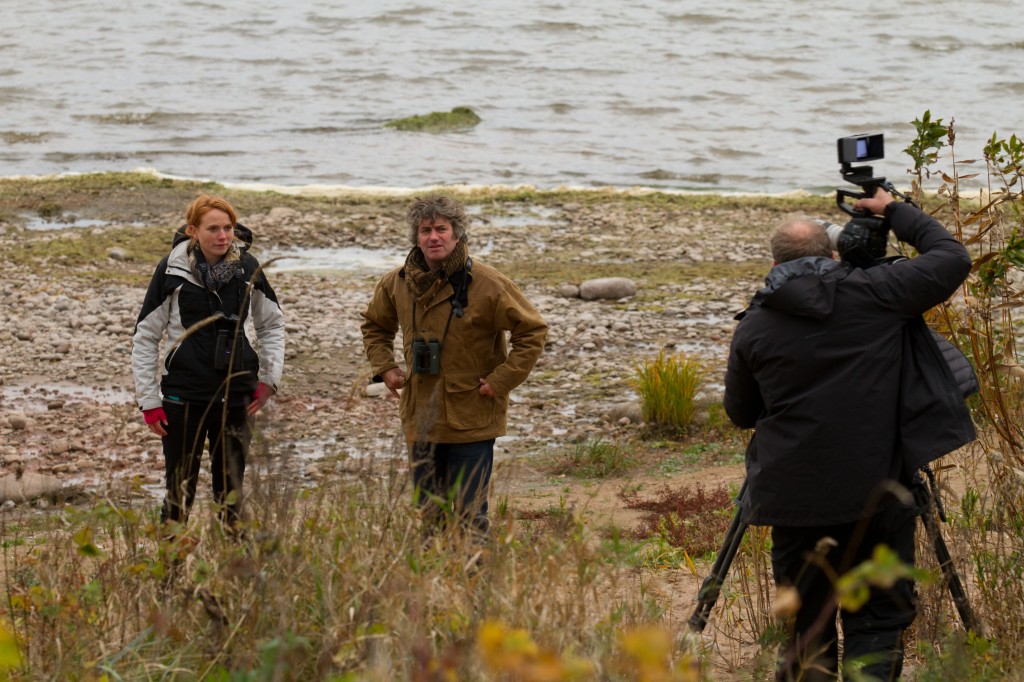
Estonia is a very important ‘staging’ country for the swans, providing respite for nearly the entire Northwest European population on spring migration and for significant numbers in the autumn. Our main mission was to make a preliminary assessment of the swans breeding success this year.
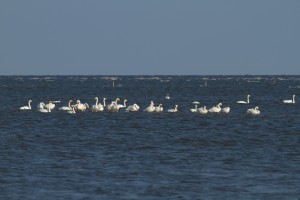 For this we needed to get close to some decent sized flocks so we could count the number of cygnets. We were all desperately hoping to see good numbers of cygnets to counter the series of poor breeding seasons that swans in this declining population have suffered in recent years.....
For this we needed to get close to some decent sized flocks so we could count the number of cygnets. We were all desperately hoping to see good numbers of cygnets to counter the series of poor breeding seasons that swans in this declining population have suffered in recent years.....
As we travelled from Tallinn to Lake Peipsi, a huge sea like waterbody straddling Russia and Estonia, it was clear why the swans like Estonia. We passed many shallow coastal bays and lakes packed with aquatic vegetation and undisturbed, safe roosting sites. Protein rich and digestible tubers and rhizomes of pondweeds make up a large part of the swans’ diet at this important stage of their migration.
For many swans, Lake Peipsi is the first stop-off after leaving the Russian arctic, some 1,800km away! The maximum distance that Bewick’s swans can fly without refuelling is approximately 2,000km and so reaching Estonia is at the edge of their capabilities. Though Lake Peipsi is visited by many in autumn, it is still frozen over when the swans return in spring, so then they use the coastal areas, which are ice-free.
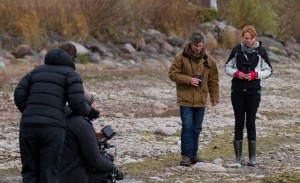 Over the first few days, our wild swan-chase took us on land and on boat from east to west Estonia in our efforts to track down the first family parties of the swan season! There was something rather special about watching hundreds of Bewick’s swans arriving fresh from the wilds of arctic Russia on a north-easterly breeze, weary and hungry but still honking and bugling as they swooped in. They had made it!
Over the first few days, our wild swan-chase took us on land and on boat from east to west Estonia in our efforts to track down the first family parties of the swan season! There was something rather special about watching hundreds of Bewick’s swans arriving fresh from the wilds of arctic Russia on a north-easterly breeze, weary and hungry but still honking and bugling as they swooped in. They had made it!
With a long journey ahead to reach wintering sites in Germany, the Netherlands, Denmark and the UK, the Bewick’s need to make the most of the wonders of Estonia to replenish reserves for up to two weeks before embarking on the next phase of their journey. You can see more of the Bewick’s swa ns on their staging grounds in Estonia, and find out whether we were successful in our endeavours to see whether they have had a good breeding season, on Autumnwatch tonight and tomorrow night at 8pm on BBC2!
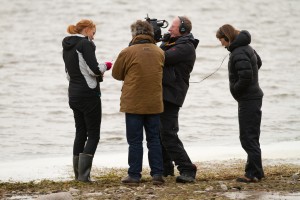 As has been in the news this week, the Northwest European population of Bewick’s swan has suffered a rapid decline in numbers since the mid-1990s and, as a major staging point, Estonia is critical in giving the Bewick’s swans a life-line on migration. We were therefore excited to see Leho Luigujõe and Andres Kuresoo launch the Estonian Bewick’s Swan National Action Plan at the 5th International Swan Symposium in the US in February.
As has been in the news this week, the Northwest European population of Bewick’s swan has suffered a rapid decline in numbers since the mid-1990s and, as a major staging point, Estonia is critical in giving the Bewick’s swans a life-line on migration. We were therefore excited to see Leho Luigujõe and Andres Kuresoo launch the Estonian Bewick’s Swan National Action Plan at the 5th International Swan Symposium in the US in February.
The Estonian action plan will put in place several of the things that will help us achieve the goal of the over-arching international Species Action Plan: to halt the decline in the short-term, and to maintain the population at ~23,000 birds in the long-term. The things they’re doing in Estonia include preserving at least 30 staging sites on coastal waters, freshwater lakes, flood plains and in agricultural areas. These sites will provide food and safe roosting for 80% of the total population during migration.
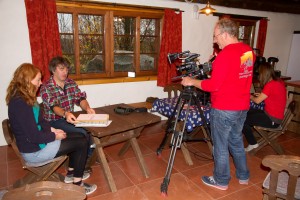 Estonia is the first country in the swans’ flyway to get their own action plan together and, what’s more, it has the backing of the government. Though the policy side of conservation doesn’t necessarily sound exciting, it’s often a vital first stage to achieving anything else. One of the first tasks as we expand our swan research and conservation will be to help other countries, through the Swan Specialist Group, to develop their own action plans. So, whether the swans’ visit for winter, to breed or to stage on migration, we’ll be doing the right things for them.
Estonia is the first country in the swans’ flyway to get their own action plan together and, what’s more, it has the backing of the government. Though the policy side of conservation doesn’t necessarily sound exciting, it’s often a vital first stage to achieving anything else. One of the first tasks as we expand our swan research and conservation will be to help other countries, through the Swan Specialist Group, to develop their own action plans. So, whether the swans’ visit for winter, to breed or to stage on migration, we’ll be doing the right things for them.
